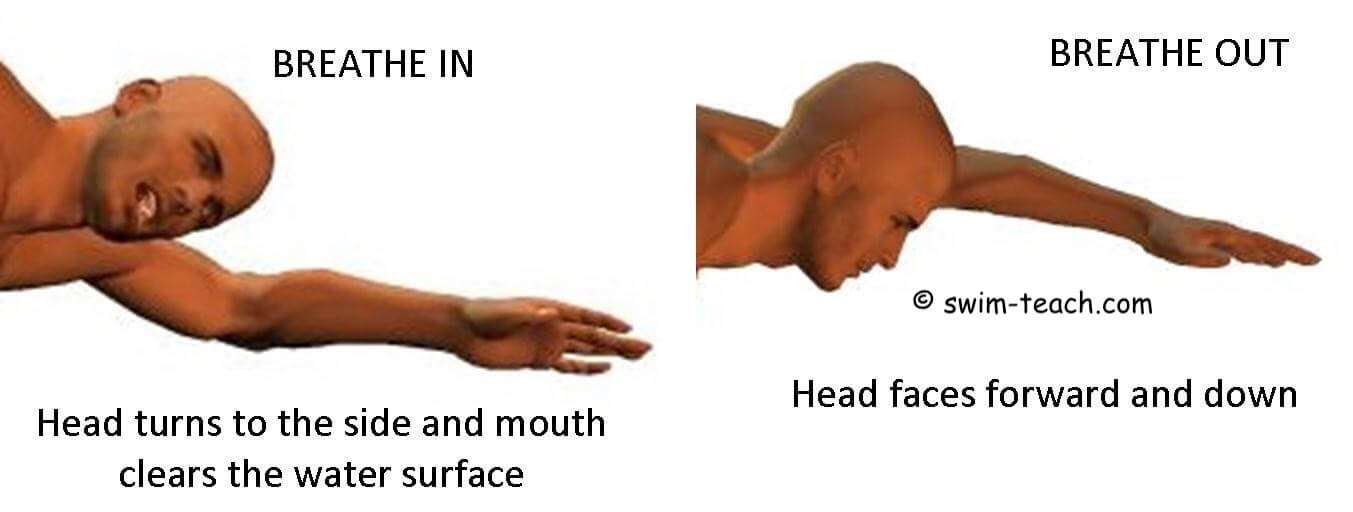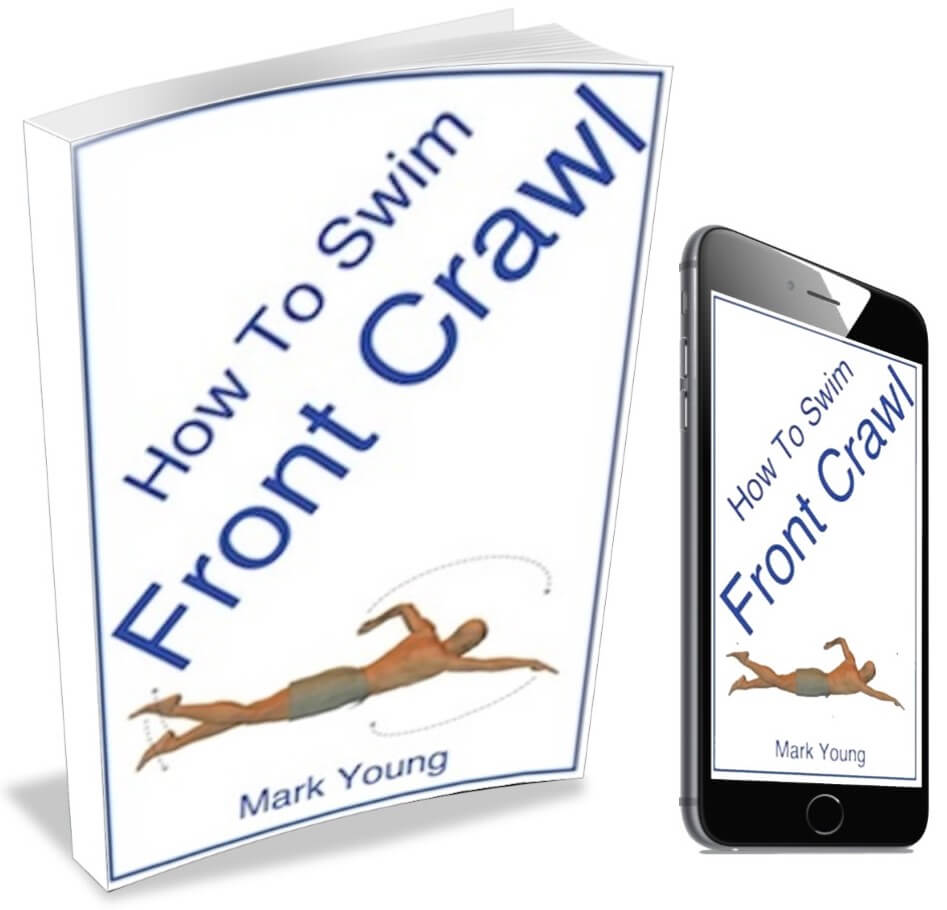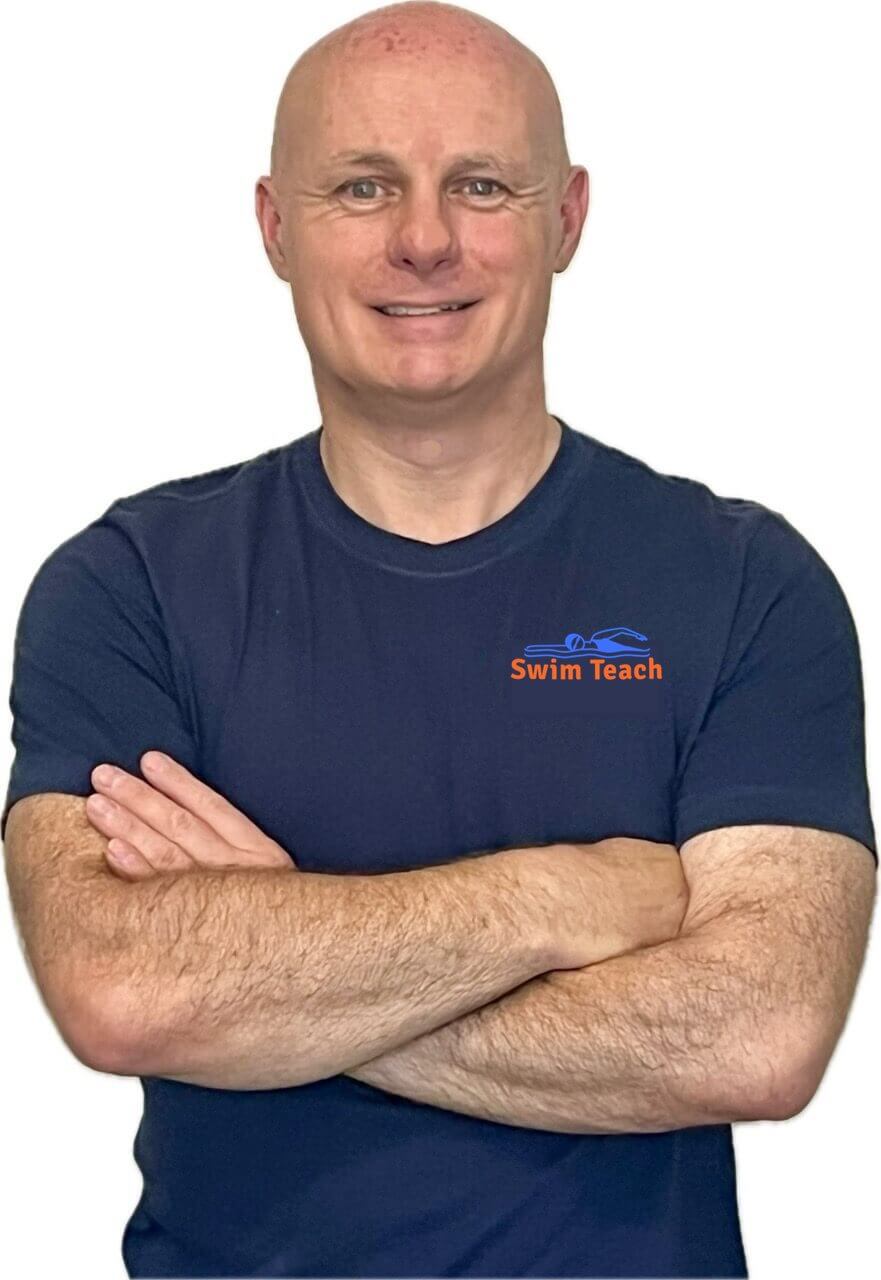- Swim Teach Home
- freestyle
- Front Crawl Breathing
- Trouble With Freestyle Breathing
Trouble With Freestyle Breathing
I am 60 and recently started training seriously for triathlons. About my swim training, I have trouble with freestyle breathing on the left side and started breathing every 4th stroke just on the right side. I ran out of breath quickly, and my endurance suffered.
I then started to alternate breathing every second stroke with every fourth stroke, which seemed to significantly increase my endurance, still only on the right side.
Is this a reasonable alternative for some swimmers, or should I concentrate on breathing on both sides, perhaps every third stroke?
As you train for triathlons, you must have a steady breathing pace over a long distance.
Breathing every third stroke is usually the ideal pattern to start with, and then swimmers usually switch to breathing every stroke over a long distance.
You seem to have found a breathing pattern that works for you, which is excellent.
Everyone is different, and for that reason, I always say that there is no right or wrong. A lot will depend on the total distance you need to cover and if your chosen breathing pattern lasts as long as you need it to.
However, it would help if you considered the following:
If you breathe only on one side, the muscles in your head, neck and shoulders that turn your head when you need to breathe are only working on one side. The result will be a muscular imbalance developing slowly over time in those muscles because the equivalent muscles on the other side are not being used the same way.
The overall result will not be serious, but it could have a subtle effect on your posture.
Muscle imbalances are very common in all of us and in all areas of our body, usually caused by our lifestyle. Any muscle imbalances in the body can easily be rectified with plenty of stretching (which you should do at the end of your swim anyway) and sports massages.
You could prevent it from happening in the first place by breathing on both sides as evenly as possible. Even using your breathing pattern of every two strokes and then every 4, do it on one side for a few lengths and then switch to the other for a few lengths.
Most long-distance swimmers find breathing every stroke the most efficient for front crawl, so try this pattern and see how it feels compared to yours.
If breathing on your left side is difficult, it is simply because you are not used to it, and those muscles are not trained to perform that action. Keep practising, and soon you will forget which side you used to prefer breathing on!
I hope you find this information helpful, and I wish you every success with your swimming and triathlons.
My ebook How To Swim Front Crawl contains over 20 separate swimming exercises to help all parts of front crawl, including breathing. You can download it, print out the parts you need and take them to your pool to try out. Click the link below for more information.
HOW TO SWIM FRONT CRAWL EBOOK: everything you need to master front crawl swimming stroke. 22 easy drills that focus on each part of front crawl technique. From body position to breathing and timing. Decades of teaching experience all packaged into 1 easy file. Download to your device and master front crawl TODAY! (click here for an instant preview).
Don't miss out! Click here for more details on how to get your copy.
Water Up My Nose Swimming Freestyle
Whenever I swim, I get water up my nose swimming freestyle. This is how it happens: when I rotate my head and body to the right or left out of the water to breathe, I feel water going into the first part of my nose. I'm usually a bit uncomfortable at this point. When I turn my head out of the water again to get air, the water shoots into my nose, and I'm forced to stop.
I've been taking a beginner's swimming class, and my instructor told me he has never had someone with my problem. He even asked another instructor, who told him that some people "just have that problem and have to use a nosepiece". I refuse to accept that I have to wear a nosepiece, though.
Is there a way to alleviate or eliminate this problem?
Breathing Through Your Nose Will Cause The Problem
Wearing a nose clip is a short-term solution to your problem, and it may help, but it may not solve it in the long run. There is no reason you cannot learn to breathe correctly without the use of a nose clip.
From the information you have given, it seems likely that you are breathing through your nose. For the front crawl breathing technique, you should always inhale and exhale through the mouth.

The simple fact is that the mouth is bigger than the nose; therefore, more air can flow in and out in the short second you have to take a breath.
You may well think that you already breathe using your mouth, but it is very common to breathe through the nose without thinking about it. We are only human, after all, and breathing through the nose it what comes naturally.
Water does not involuntarily travel up your nose, even if you roll your head to the side to take a breath. The air inside your nose causes an airlock under the water, preventing water from travelling up there. You will get a sensation of water around your nostrils but try to get used to it and not let it put you off.
Water will only travel up your nose if you inhale through it while underwater. The fact that ‘water shoots into my nose’ (to use your own words) only proves that you are, in fact, breathing through your nose and not your mouth.
Simple Exercises Make Breathing Second Nature
Try simple breathing exercises, either standing in the water or swimming slowly, holding a float. Move through the water, breathing out gently and slowly through your mouth, raising your face and breathing in again through your mouth. Exhaling through your mouth will blow bubbles which will slightly tickle your nose. Don’t be put off, and try to get used to it.
Once you become comfortable with this breathing action, incorporate it into your swimming stroke. Swim slowly at first, allowing you plenty of time to breathe and become comfortable with the technique.
Do You Turn Your Head Enough?
Another point to consider is how much you roll your head to the side. It must roll enough for your mouth and nose to clear the water and breath. Even when you master breathing through your mouth, if you do not clear the water enough, the water entering your nose will enter your mouth instead!
Try exaggerating the movement of the head when breathing. In other words, roll your head to the side far more than you need to. This will ensure that you clear to water and get a clean breath. Then with practice, you can reduce the movement to an amount you are comfortable with.
Basic Freestyle Swimming Technique Made Easy
 How To Swim Front Crawl
How To Swim Front Crawl$9.99

I am a member of the Amazon Associates Program and I will earn a commission from qualifying purchases at no extra cost to you.





